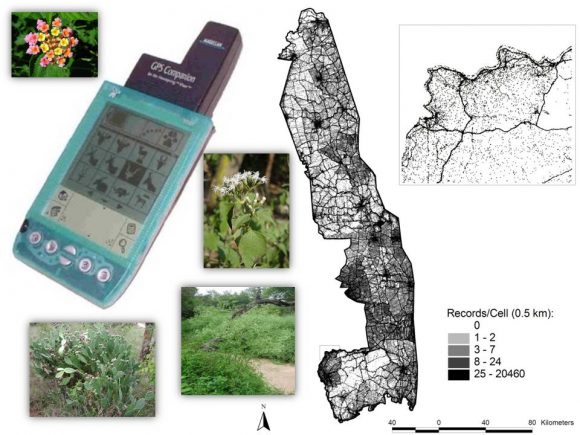Ecologists from 17 countries and six continents gathered in Stellenbosch recently to share knowledge and best practice approaches to the management of invasive species in protected areas.
The three-day workshop was hosted under the umbrella of the Centre for Invasion Biology Chair in Managing Invasions in Protected Areas which is hosted within Stellenbosch University’s (SU) School for Climate Studies.
Prof Tammy Robinson-Smythe, holder of the chair, said in her welcoming address that it was exciting to have specialists from just about every ecosystem – from marine and terrestrial to freshwater ecosystems – together in one room, making this a unique geographically representative gathering.
The objective of the workshop was to work towards achieving Target six of the Kunming-Montreal Global Biodiversity Framework, concerned with, inter alia, reducing the rates of introduction and establishment of known or potential invasive alien species by at least 50% by 2030.
Robinson says invasive species have a broad impact on biodiversity, ecosystem services and people’s livelihoods. In this sense, tackling Target 6 already works towards the overall objective of the Global Biodiversity Framework, also known at the Biodiversity Plan for Life of Earth.
As protected areas are focal points of action, already set up to protect valuable ecosystem services, she believes these centres of conservation expertise can be capitalised on to maximise the benefits of management interventions.
“With this workshop, we are hoping to identify and overcome the barriers in achieving the Global Biodiversity Framework targets,” she adds.
A selection of papers delivered at the workshop will be published in a special edition of the journal Biological Invasions. Additionally, an overarching paper will draw together insights from the workshop, serving as a synthesis of the state of knowledge and identifying gaps in current practice and opportunities for meeting Target 6.
Prof Guy Midgley, interim director of the School for Climate Studies at SU, said in his welcome address that invasive species are perfectly poised to benefit from increased CO2 levels in the atmosphere and warmer temperatures when establishing in new territories. In that sense, the management of invasive species should also take the bigger picture of climate change into consideration.
This point was reiterated by Prof Belinda Gallardo from the Pyrenean Institute of Ecology in Spain who pointed out that proactive approaches are needed to protect national parks from the combined impacts of invasions and a changing climate.
Some of the participants in the workshop also emphasised the importance of recognising the role of humans, especially tourists, in introducing alien species to new environments.
Prof Philip Hulme from Lincoln University in New Zealand, emphasised ecotourism as an important pathway for the introduction of alien species into protected areas: “People underestimate how quickly the tourism pathway is evolving,” he said.




